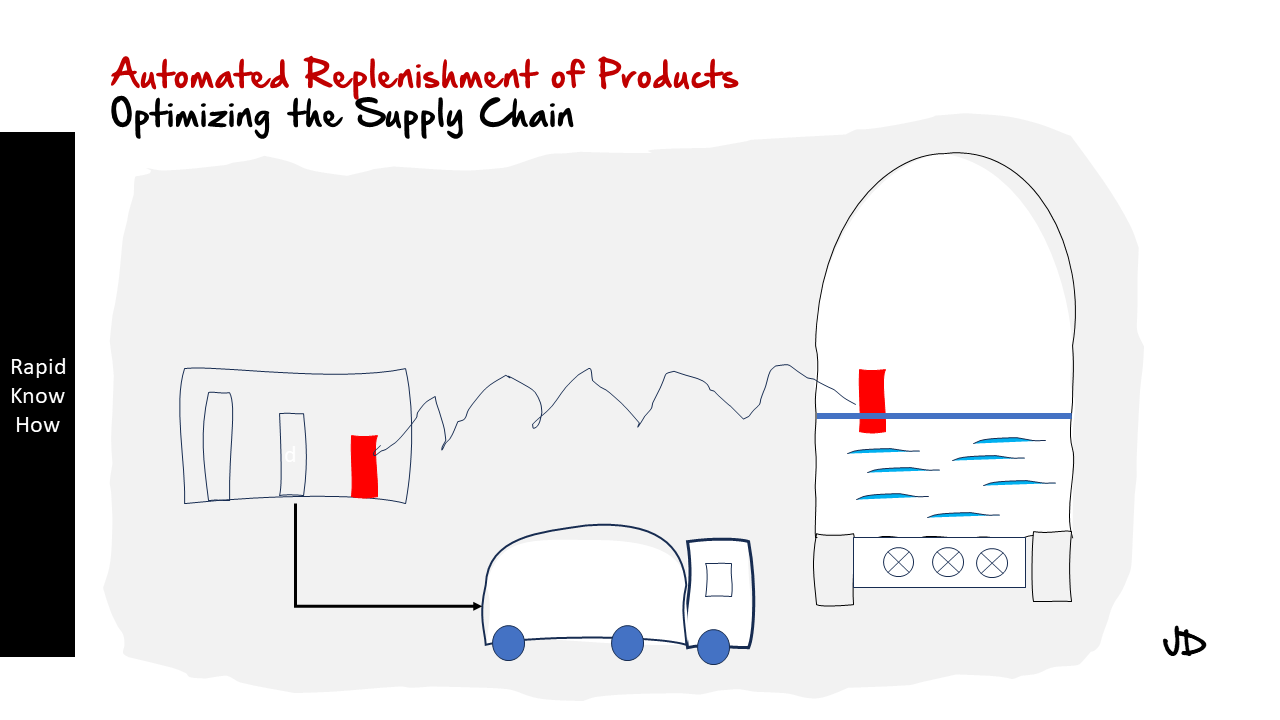Cracking the Automated Replenishment Code: Industrial Gases
Automated replenishment is a critical aspect of supply chain management, particularly in industries that deal with volatile substances like industrial gases. The process involves a systematic approach to ensure that the availability of products is maintained at an optimal level, thereby preventing stockouts and overstocking. This process is crucial in the industrial gases sector due to the high demand and the potential risks associated with handling these gases.
The automated replenishment process begins with establishing a minimum product availability level. This level is determined based on several factors such as historical sales data, forecasted demand, lead time for replenishment, and buffer stock levels. The aim is to maintain enough stock to meet customer demand while minimizing storage costs and potential wastage.
Once the minimum product availability level is set, the next step involves monitoring inventory levels continuously. This can be achieved through various methods such as physical counts, barcode scanning, or more sophisticated techniques like Radio Frequency Identification (RFID) technology. The goal here is to ensure that inventory levels do not fall below the minimum product availability level.
When inventory levels approach the minimum product availability level, an automatic replenishment order is triggered. This order is typically generated by an Inventory Management System (IMS) or an Enterprise Resource Planning (ERP) system that has been programmed with the necessary parameters.
The automated replenishment order contains details such as the quantity of each product needed to bring inventory levels back up to optimal levels. It also includes information about the supplier from whom the products should be ordered. In some cases, it may even include a suggested delivery date based on lead times and current stock levels.
Once the automated replenishment order is generated, it is sent to the supplier either electronically or via traditional methods like fax or e-mail. The supplier then processes the order and arranges for delivery of the products.
Upon receipt of the products, they are checked against the order for accuracy and then added to inventory. The inventory management system is updated accordingly to reflect the new stock levels.
The entire process from minimum product availability to automatic replenishment is cyclical and continuous. It requires careful monitoring and management to ensure that it runs smoothly and effectively. However, when implemented correctly, it can significantly improve efficiency, reduce costs, and enhance customer satisfaction in the industrial gases sector.
In conclusion, cracking the automated replenishment code in industrial gases involves understanding your demand patterns, setting appropriate minimum product availability levels, continuously monitoring inventory levels, and leveraging technology for automatic order generation and processing. By mastering these steps, businesses can ensure a steady supply of industrial gases without unnecessary stockouts or overstocking situations.
